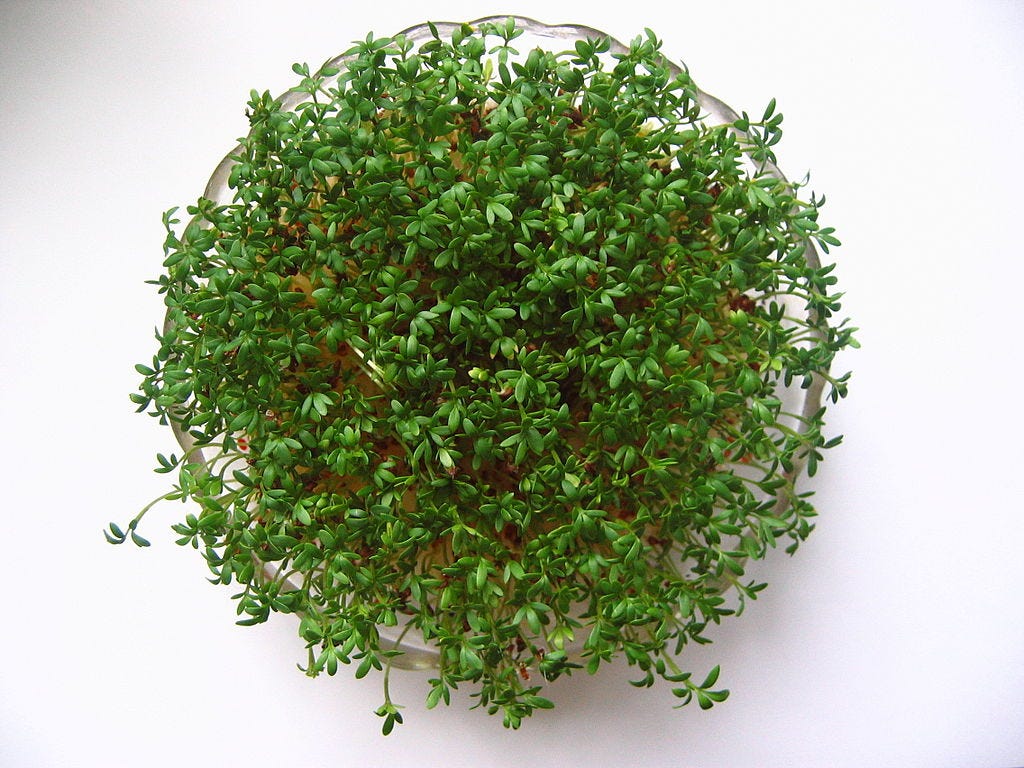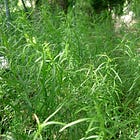Continuing from:
Looking further into the subject of greens, or "vegetables," in Gurdjieff's cuisine, and thought, I continue, with a “bumper” essay for the New Year.
For full citations of referenced works, please see Introduction and Bibliography.
In the post Greens and Mentation, it was mentioned how fresh raw herbs, called by Gurdjieff "vegetables," such as estragon, mint, fennel, basil and thyme, were handed to guests during all meals at Gurdjieff's table. Nikolai de Stjernvall wrote that, "Like most Caucasians, Gurdjieff adored fresh herbs and asked for them year-round."1
Another raw green that was spoken well of by Gurdjieff was lettuce. He said: "Lettuce is good thing."2 And a further type of "vegetable" eaten raw were "very green ones," quick growing. Solita Solano spoke to Gurdjieff about a discovery and a question:
KANARI: May I tell philological surprise? Root of word vegetable means lively, to quicken. But when people are slow, we call them vegetables, while real meaning is opposite. Why?
GURDJIEFF: Some vegetables, yes. Two kinds there are. One kind slowly grow, others like cress and mustard and Russian kinsa,3 can grow in one night or two, three days, such very green ones. For feast days we used to plant in dishes of black clay the night before and next day put on table before guests to eat while growing. You remember at Prieuré, Miss Gordon? Ah, such feasts we had Easter! You must remember all your life. Who was not there miss too much.4
These living and growing greens eaten at the Easter feast partake in the allegory of rising from the dead, shared also with the new Springtime after Winter.
The fact that all these green "vegetables" mentioned so far were eaten raw may point to the importance, together with the active elements they contain, of their being consumed in their original state and as fresh as possible, soon after the time of the severing of "the prime connection with common Nature."5




